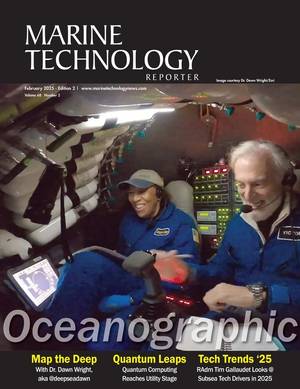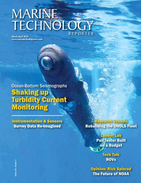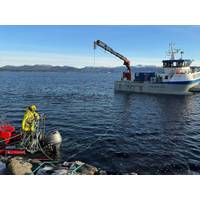
DNV Validates Efficiency of Flocean's Desalination Tech
gas emissions and consumes 5% of its power.To verify these results in real-world conditions, the Flocean Zero project launched in November 2024. Initial data analysis confirmed that the deep ocean environment provides optimal conditions for high-efficiency desalination while dramatically reducing energy requirements. Efficiency gains are achieved through two advantages, natural pressure utilization and superior water quality.By placing reverse osmosis systems at 400-600 meters depth, Flocean harnesses natural hydrostatic pressure to drive filtration without energy-intensive pumping systems.Deep ocean
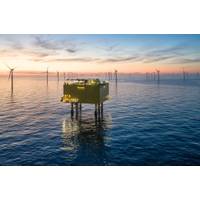
Siemens Hires Pfisterer for DolWin4 and BorWin4 Grid Connection Cable Package
maximum efficiency and minimal losses over long distances to land.BorWin4 and DolWin4 are scheduled to go into operation in 2028 around 125 kilometers northwest of the island of Borkum in the North Sea.With a transmission capacity of 900 MW each, they can transport enough electricity to cover the energy requirements of a large city such as Hamburg with 1.8 million inhabitants.“Pfisterer is a reliable partner for us, significantly contributing to the successful implementation of the BorWin4 and DolWin4 projects with its technical expertise and proven solutions,” says Stefan Kuhn, Project Manager
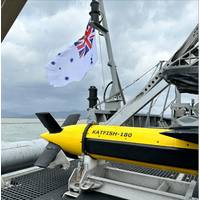
Kraken Robotics Reports Strongest Quarter in History
uptick in demand for uncrewed underwater vehicles (UUVs) where we sell both sonar and batteries to AUVs and provide minehunting solutions to Navies with our KATFISH towed synthetic aperture sonar solution. The emergence of a new class of UUVs, the Extra Large UUV (XLUUV) is driving much higher energy requirements in UUVs and our subsea battery business is benefitting.“Many countries and Navies around the world are in various stages of upgrading their subsea surveillance equipment, with underwater solutions such as towed sonar or autonomous underwater vehicles (AUVs) that are deployed from crewed
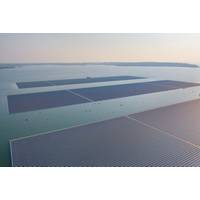
How Floating Solar Panels Could Power Future Population Hotspots
tracks. Author-supplied, using OpenStreetMap base, CC BY-NDSolar power rules by mid-centuryOn current trends, the global economy will be largely decarbonized and electrified by 2050, supported by vast amounts of solar and wind energy.About 70 square kilometers of solar panels can provide all the energy requirements of a million affluent people in a zero-carbon economy. The panels can be placed on rooftops, in arid areas, colocated with agriculture, or floated on water bodies.But countries with high population densities, such as Nigeria and Indonesia, will have limited space for solar energy harvesting
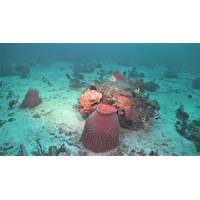
Corals Make Light Work of Photosynthesis Despite Lack of Sunshine
found at 54m depth, only one percent of the surface light was available likely due to the rich phytoplankton community present in the mesophotic zone at Ashmore Reef, which is common for the eastern Indian Ocean region. Three of the five coral species examined were still able to meet their daily energy requirements via photosynthesis, which indicates that these species have a remarkable ability to efficiently use the low amount of light available. The remaining two species obtained most of their nutritional requirements by increasing the amount of filter feeding undertaken.”Research co-author Dr
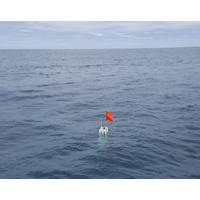
Reader Feedback: Lander Lab - Buoyancy
changes accompanying the reversible electrochemical interconversion of water to hydrogen and oxygen gases, providing soft VB displacement for subsea vehicles. That description also suggests it can supply breathing oxygen for a manned system as well. We’d have to look closely at the energy requirements of said system. Gaseous CO2 liquifies at a pressure of just 5.2 bar (74psi) between a temperature range of -56°C (-69°F) and 31°C (87°F), so that could be used near-surface from a pressurized liquid CO2 source. Also see RC Shipyard <https://www.rcshipyard.com/tech/#7>
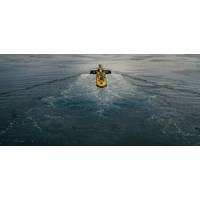
'World's Most Powerful Tidal Turbine' Brought Online in Scotland
the annual electricity demand of around 2,000 UK homes "with clean, predictable power from the fast-flowing waters."What is more, tidal turbine will provide power to EMEC’s onshore electrolyzer to generate green hydrogen that will be used to demonstrate decarbonization of wider energy requirements.Credit: Orbital MarineOrbital CEO, Andrew Scott, said: “This is a major milestone for the O2 and I would like to commend the whole team at Orbital and our supply chain for delivering this pioneering renewable energy project safely and successfully. Our vision is that this project is

Sonardyne to Go Carbon Neutral by 2025 End
an area equivalent to 13 tennis courts. The company also uses air source heat pumps, is ISO 50001 Energy Management System certified, and has had a Building Management System installed for a number of years, helping it to make the most efficient use of energy for heating and power. Any further energy requirements are purchased from a certified renewable energy supplier, Sonardyne said.The company is also considering making investments in large-scale batteries and grid services, which will benefit the company’s access to and cost of renewable energy. They will also provide additional storage to

German Government Funds Autonomous Subsea Robotics System Development Project
and optimization of pressure-neutral subcomponents for the submersibles.INNOMAR has been supplying equipment and software for marine and offshore applications for more than 20 years. The company's role in the CIAM project will be to optimize the sediment echosounder’s size, weight, energy requirements, pressure resistance and modes of operation for the AUVs.balticFuelCells GmbH will focus on the fuel cell system for the AUV. The company specializes in the development of fuel cells and their integration into fuel cell systems.The German Research Center for Artificial Intelligence GmbH (DFKI)
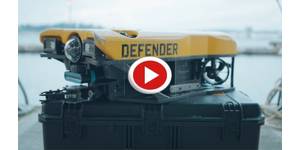
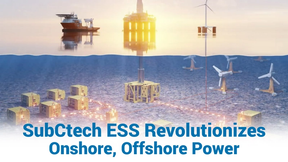
 February 2025
February 2025
